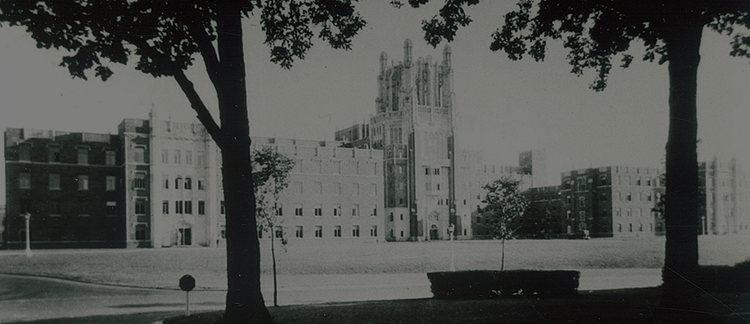Abstract
Maternal anti-mullerian hormone declines sharply between 13-15 weeks, likely as a result of feto-placental signaling. Fetal AMH levels are known to be widely disparate after the first trimester, with high levels in male and absent levels in female. However, it is unclear as to whether differing fetal AMH levels influence the pattern of change of maternal AMH. Our objective was to examine AMH throughout gestation to determine if the maternal concentration varies according to the gender of the fetus.
Keywords: Anti-Mullerian hormone, fetal sex, pregnancy
How to Cite:
Empey, R. & Santillan, D. A. & Santillan, M. & Tyler, E. M. & Hunter, S. K. & Smith, E. M. & Stegmann, B. J., (2012) “The influence of fetal sex on patterns of change in anti-Mullerian hormone during pregnancy”, Proceedings in Obstetrics and Gynecology 2(3), 1-2. doi: https://doi.org/10.17077/2154-4751.1135
Rights: Copyright © Ryan Empey, Donna A. Santillan, Mark Santillan, Eric M. Tyler, Stephen K. Hunter, Elaine M. Smith, Barbara J. Stegmann, 2012.
Downloads:
Download pdf
View
PDF


